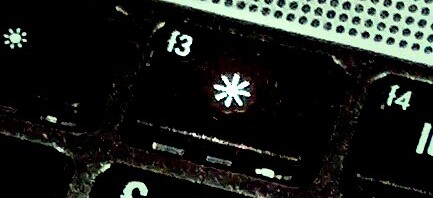How to watch a 3D video in regular 2D
The problem
Let’s say you want to rip a 3D movie, but you want to be able to play it on every device (2D or 3D), don’t rip it twice, but keep the 3D version (SBS) and play it on PC with vlc.
My situation
Ubuntu Linux 13.04 with vlc player installed:
max@yoda:~$ vlc --version
VLC media player 2.0.8 Twoflower (revision 2.0.8a-0-g68cf50b)
VLC version 2.0.8 Twoflower (2.0.8a-0-g68cf50b)
Compiled by buildd on panlong.buildd (Aug 2 2013 01:37:47)
Compiler: gcc version 4.7.3 (Ubuntu/Linaro 4.7.3-1ubuntu1)
This program comes with NO WARRANTY, to the extent permitted by law.
You may redistribute it under the terms of the GNU General Public License;
see the file named COPYING for details.
Written by the VideoLAN team; see the AUTHORS file.
My solution
Keep only the “left eye” playing it at a resolution of 32:9 and cropping it at 1920/2 = 960px, all from command line:
max@yoda:~$ vlc my-movie-3d-SBS-1080p.mkv --aspect-ratio 32:9 --crop 960x1080+0+0


